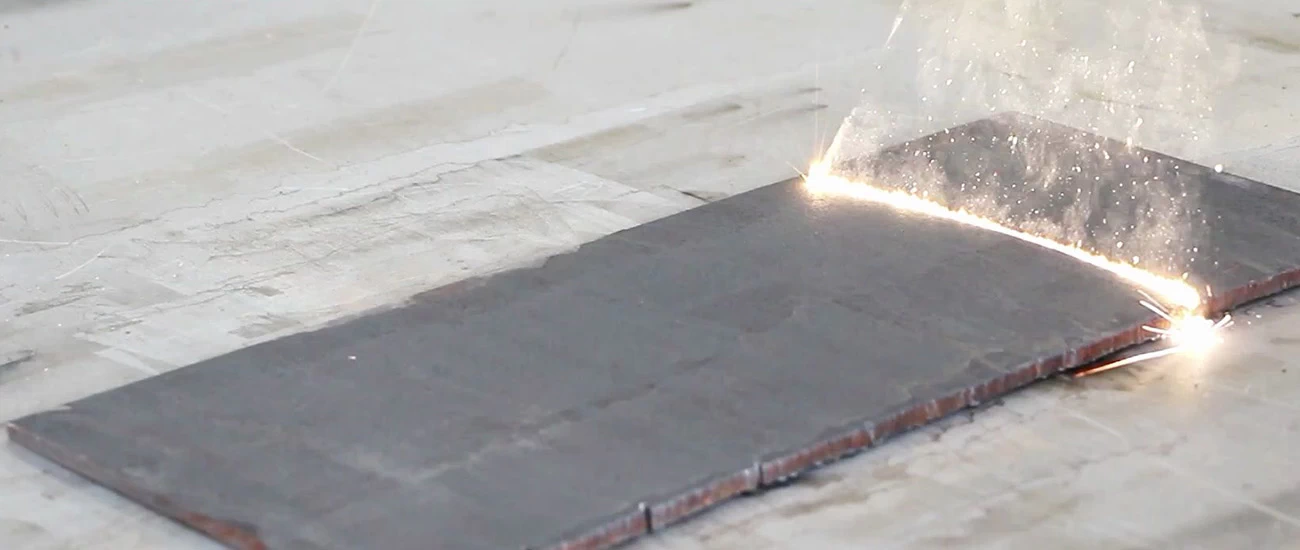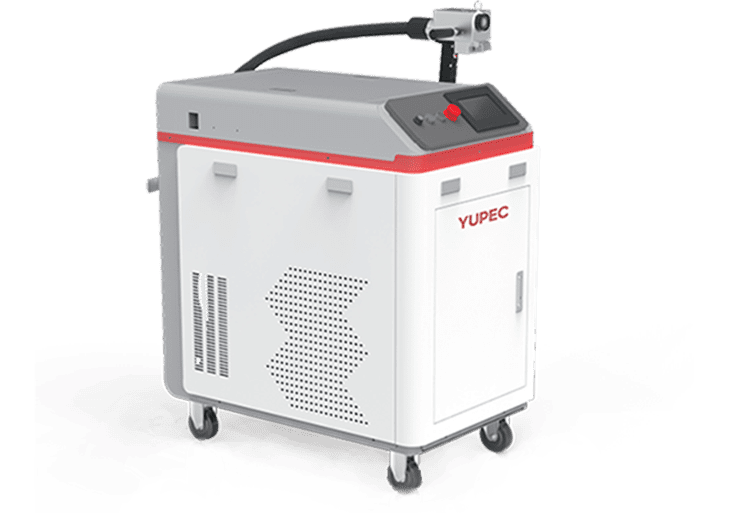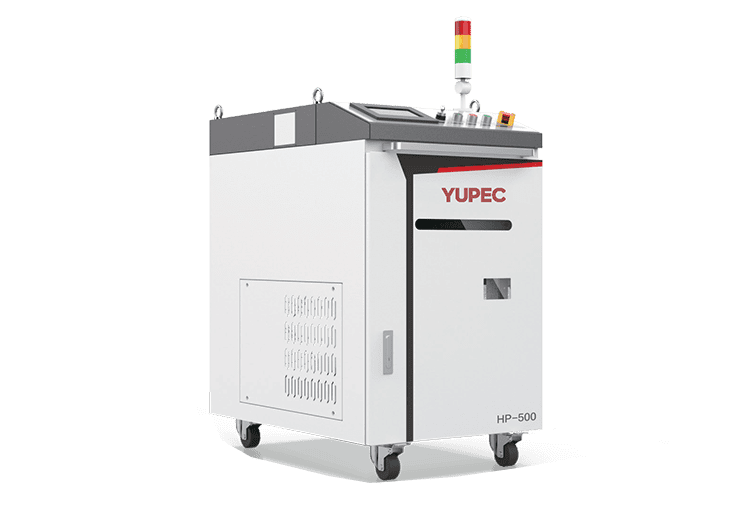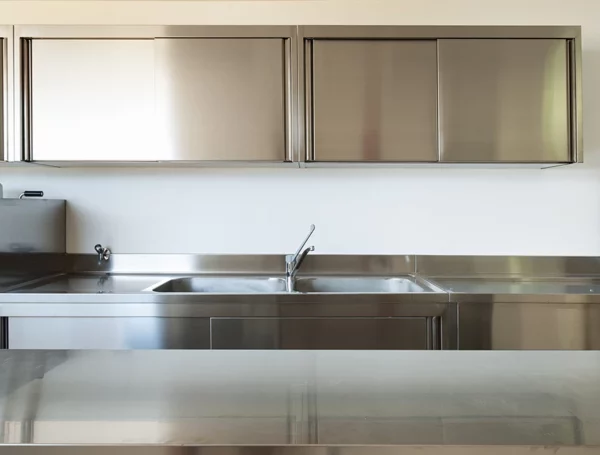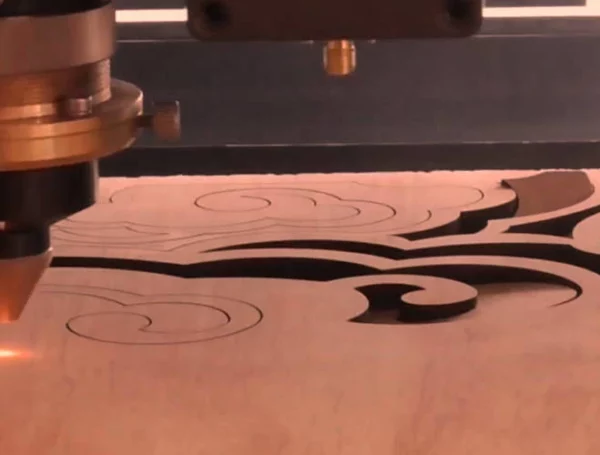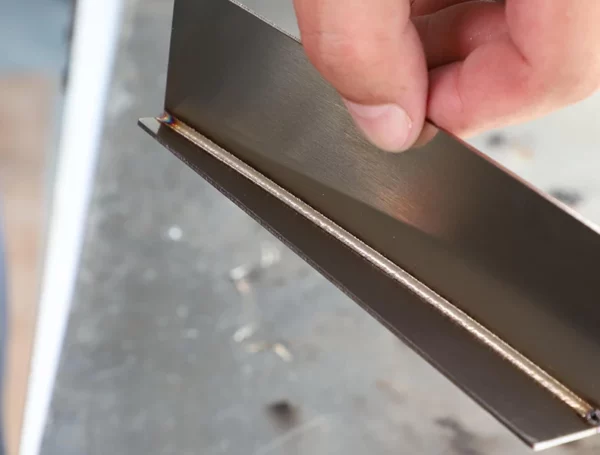Table of Contents
Laser technology has been widely used in cutting, drilling, and welding, but its application in industrial cleaning is still in the exploratory phase, with immense potential for development. With increasing environmental awareness, the market demand for a non-toxic, non-abrasive technology that can replace traditional cleaning methods is growing, leading to the emergence of laser cleaning technology. It not only replaces traditional methods such as chemical cleaning, manual cleaning, and abrasive blasting but also overcomes the limitations of efficiency, environmental protection, and flexibility that traditional cleaning technologies face.
Principle of Laser Cleaning
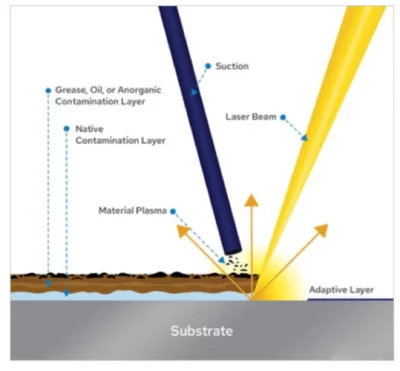
Laser cleaning uses a high-energy density laser beam to irradiate the material surface, causing physical and chemical reactions such as photothermal, photopressure, and photochemical effects, resulting in the rapid removal, evaporation, or explosive detachment of contaminants. This cleaning method is not only environmentally friendly but also efficient, non-contact, and requires no chemical additives or damage to the substrate. It has been widely applied in various industrial cleaning scenarios, where its non-contact and non-abrasive nature is especially favored.
Limitations of Traditional Industrial Cleaning
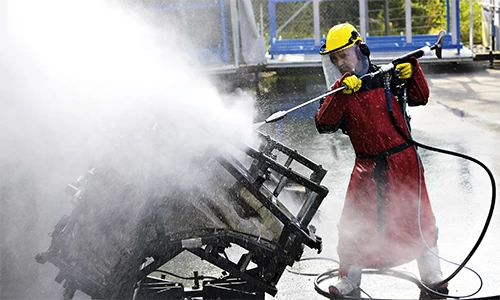
Although traditional industrial cleaning methods have been used for a long time, they still face certain limitations:
- Mechanical Friction Cleaning: While achieving high cleanliness, this method can easily damage the substrate, especially when dealing with precision parts, where mechanical friction can be highly destructive.
- Liquid and Solid Jet Cleaning: This method offers flexibility and causes no stress, but the equipment is expensive, and waste liquid disposal is complex, leading to significant environmental impact during operation.
- Chemical Corrosion Cleaning: Although it does not produce mechanical stress, it presents severe pollution problems and is no longer recommended for applications, particularly in industries with high environmental standards.
- Ultrasonic Cleaning: Though effective, it is limited to small objects, and the cleaned parts require additional drying, increasing the number of work steps and time.
Advantages of Laser Cleaning
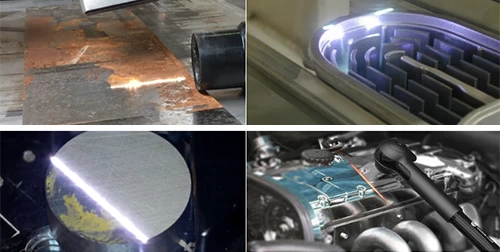
Environmental Friendliness
Laser cleaning requires no chemicals or cleaning liquids. The waste produced exists in the form of gas or particles, which can be collected and purified using portable extractors. Compared to chemical cleaning, it significantly reduces pollution to water sources and soil, complying with increasingly stringent environmental regulations.
High-Efficiency Non-Destructive Cleaning
Traditional cleaning methods are often contact-based, which can damage the surface of objects or leave residues that cause secondary pollution. Laser cleaning is non-contact and non-abrasive, effectively removing surface contaminants without damaging the substrate. This is especially advantageous for objects with complex structures.
Convenience & Safety
Laser cleaning supports fiber optic transmission and, when combined with robots and automation, allows for easy operation in remote or hazardous environments. This improves cleaning efficiency while ensuring operator safety, reducing potential occupational health risks from improper handling.
Remarkable Cleaning Results
Laser can effectively remove a wide variety of contaminants from different material surfaces, often achieving a higher level of cleanliness than traditional methods. It allows selective cleaning based on the nature of the material and contaminants, significantly improving cleaning results.
Economic Benefits
Although the initial investment in a laser cleaning machine is high, maintenance costs are low, with minimal consumable use. The machine is highly stable and has a long service life. Compared to traditional cleaning methods, laser cleaning better supports automation, further reducing labor costs and operating expenses.
Industrial Applications of Laser Cleaning
Laser cleaning technology has broad application prospects in various industries, especially in scenarios requiring high-precision, non-destructive cleaning. Below are some typical application areas:
Mold Industry
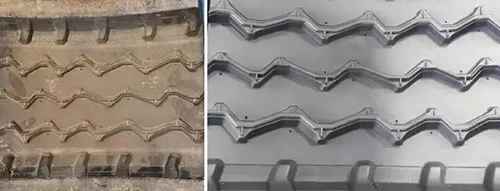
Molds are essential tools in industrial production, especially in fields such as plastic, rubber, and metal casting, where high cleanliness standards are required. Traditional cleaning methods like mechanical or chemical cleaning can easily damage the mold surface, affecting product quality. Laser cleaning, being a non-contact method, can effectively remove dirt and residues from mold surfaces, including sub-micron particles, without affecting the mold’s precision or surface quality. Its efficiency and eco-friendliness make it particularly suitable for large-scale mold cleaning operations.
Precision Instruments and Mechanical Parts
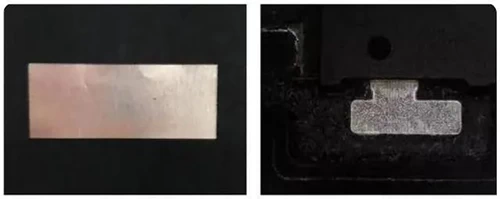
In the precision machinery industry, lubricants, corrosion-resistant esters, and mineral oils must be thoroughly removed from parts, particularly before assembly or coating processes. Traditional chemical cleaning often leads to residuals that affect subsequent treatments. Laser cleaning completely vaporizes surface esters or mineral oils with high-energy laser beams, avoiding chemical residue issues while preserving the surface structure of precision parts. The explosive vaporization effect of the laser also helps to remove oxidation layers and other tiny contaminants.
Railway Industry
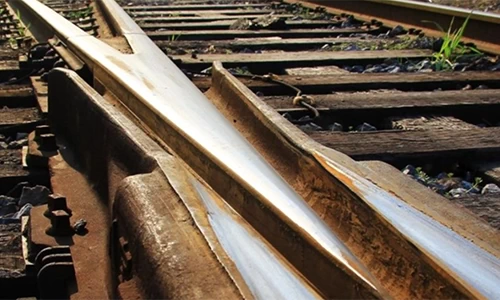
Before welding rails, the surface must be thoroughly cleaned to avoid welding defects. Traditional cleaning methods like grinding not only damage the substrate but also generate large amounts of dust, complicating post-treatment. Laser cleaning can efficiently remove rust and oxidation layers from rail surfaces, eliminating welding defects in seamless rails, improving weld quality, and reducing environmental pollution. It provides reliable cleaning technology for high-speed railway construction.
Aerospace Industry
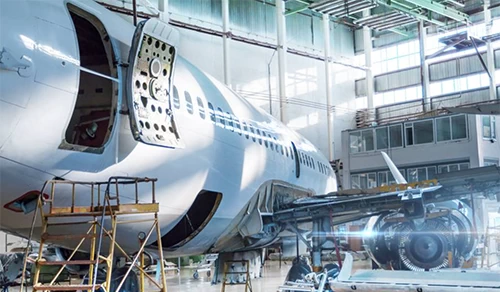
During periodic aircraft maintenance, the surface often needs to be repainted. Before this, old paint layers must be completely removed. Traditional methods such as chemical soaking or wiping are time-consuming and labor-intensive, producing a significant amount of hazardous waste. Laser cleaning can quickly and efficiently remove surface coatings without damaging the aircraft skin, and it also allows for localized repairs. This technology has already been applied to the maintenance of high-end aircraft abroad, demonstrating broad prospects.
Shipbuilding Industry
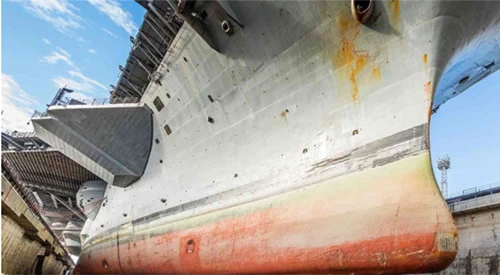
Traditional methods like sandblasting have been banned in many countries due to their serious dust pollution. However, before anti-corrosion treatment and coating, the surface of ships must be thoroughly cleaned. Laser cleaning provides a green and environmentally friendly solution for the shipbuilding industry, effectively removing rust, paint, and other contaminants while reducing environmental harm. The high efficiency of laser cleaning also helps shipbuilding companies improve productivity.


